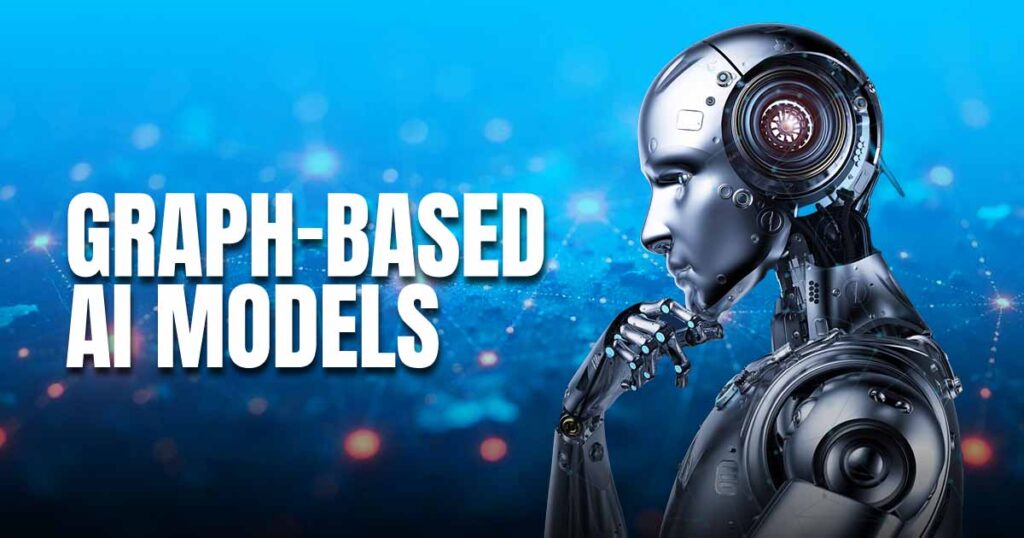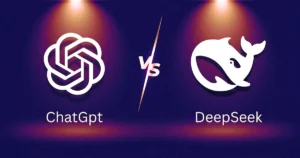In a groundbreaking development, researchers at MIT have unveiled a new AI method that leverages graph-based models to identify hidden connections between seemingly unrelated fields, such as science, art, and technology. This revolutionary approach has the potential to reshape the future of innovation, especially in areas like materials science, healthcare, and beyond.
Unlocking the Power of Graphs in AI
At its core, this new AI model is built on the concept of graphs—a powerful mathematical structure that represents relationships between various entities. Traditional AI models rely on linear data patterns, but graph-based AI takes things a step further by recognizing complex, multi-dimensional connections. These connections can span across different disciplines, unveiling ideas and insights that were previously hidden or difficult to detect.
Imagine a scientist in materials research exploring new materials, but also drawing inspiration from the arts, philosophy, and even historical practices. With this AI model, disparate domains can suddenly come together, fostering creativity and cross-disciplinary breakthroughs that may have been overlooked by traditional methods.
How It Works: Mapping Hidden Relationships
The process starts with building a graph that represents knowledge and data from various fields. The nodes in this graph represent concepts, while the edges represent relationships between them. By using advanced algorithms, the AI analyzes the graph to uncover connections between these concepts, often leading to unexpected insights.
For example, in materials science, an AI system might identify a pattern between the way certain chemical elements interact and the way specific art forms use color and texture. This might lead to innovative new materials with properties never before considered—just one of the many possibilities this technology can unlock.
Implications for Innovation
What makes this AI method so exciting is its potential to accelerate innovation by breaking down the silos between industries. In traditional research, breakthroughs often happen within isolated fields. With this new AI approach, researchers in one field can tap into knowledge from completely different areas, pushing the boundaries of what’s possible.
For instance, in the field of healthcare, this technology could speed up the discovery of new drug compounds by connecting the dots between chemistry, biology, and even art therapy. In materials science, it could lead to the development of stronger, lighter, and more sustainable materials by integrating ideas from biology, architecture, and even music.
Real-World Applications: A New Era of Creativity
The real-world applications of this technology are vast. Researchers envision using graph-based AI to tackle some of the world’s most pressing challenges, from climate change to energy conservation. By identifying novel connections between scientific concepts and creative solutions, the potential for breakthroughs seems limitless.
As this technology continues to evolve, we may see a future where innovation no longer follows a linear path. Instead, it could take the form of a web—interconnected, dynamic, and capable of transforming entire industries.
Conclusion: The Future Is Now
MIT’s graph-based AI model marks a significant step forward in the way we approach innovation. By mapping the hidden connections between diverse fields, this AI method promises to accelerate progress in ways that were once unimaginable. As industries begin to embrace this new model, the future of innovation looks more interconnected and promising than ever before. With its ability to bring together disparate knowledge and spark unexpected insights, this AI approach could well be the key to unlocking the next wave of groundbreaking discoveries.
Whether in science, art, or technology, the possibilities are endless, and the future of innovation has never looked so exciting.






